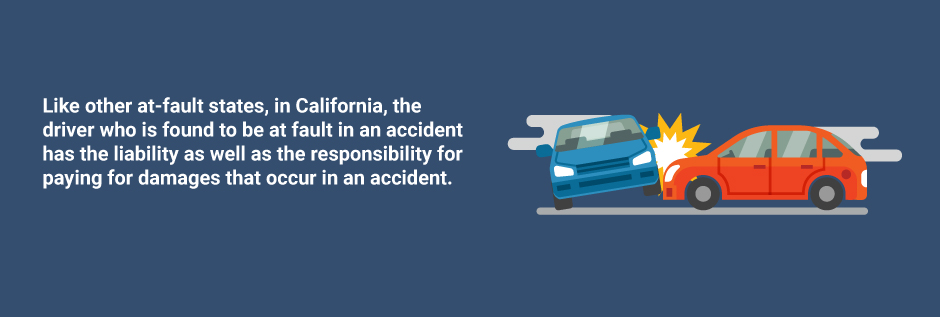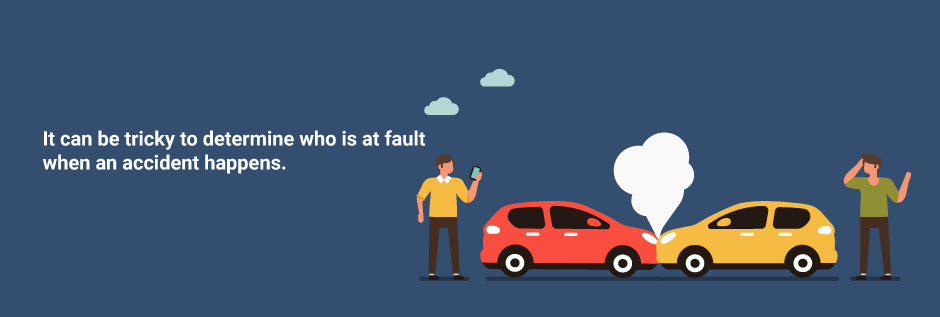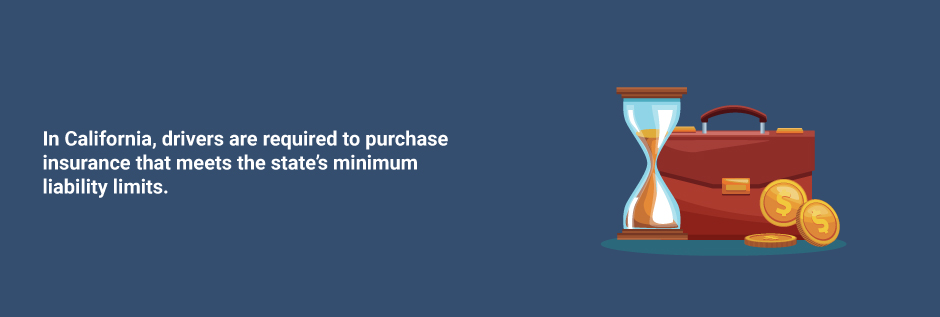Most states are fault-based insurance states, including California. Rather than being a “no-fault” state, California uses a tort liability system. This means that determining who is at fault and to what extent is important if you have been in an accident.
In this type of state, drivers are required to take financial responsibility for the damages they cause. They are expected to carry proof of liability insurance or proof of financial responsibility.
At Fault Versus No-Fault
In an at-fault state, the driver or his insurance company is responsible for injuries to anyone else who was hurt in an accident. In a no-fault state, a person injured in an accident doesn’t have to prove that the other driver was at fault because their own insurance company pays the claim through personal injury protection insurance.
No fault states include:
- Utah
- Pennsylvania
- New York
- New Jersey
- North Dakota
- Minnesota
- Kansas
- Kentucky
- Massachusetts
- Michigan
- Hawaii
- Florida
In a no-fault state, the injured person doesn’t have the right to sue for additional damages once the claim is paid, although some states do have a monetary threshold which allows a victim to sue for additional damages if a certain dollar threshold of damages has been met. Lawsuits may also be filed for serious injuries in some no-fault states.
California is not a no-fault state. How does this potentially impact you as a driver or as a person who has been injured by a negligent driver?
Responsibility in a Fault State
Like other at-fault states, in California, the driver who is found to be at fault in an accident has the liability as well as the responsibility for paying for damages that occur in an accident. Victims will need to be compensated for any damages they experience.
Drivers will be expected to cover the damages based on their percentage of responsibility for causing the accident, which can have an impact if you are partially responsible for an accident. In many cases, more than one driver is found to be partly at fault.
Determining Fault
It can be tricky to determine who is at fault when an accident happens. Insurance companies will rely largely on the police report to get an idea of how the accident occurred and if one party was clearly at fault. A police report usually includes an officer’s objective analysis of what happened.
If you’ve been in an accident, it’s a good idea to gather as much evidence about what happened as you can. This includes photos, witness statements and clear notes about what happened written down as soon as you can after the accident. If you think you were at fault, don’t state that you believe this to the other driver or to the police. Other extenuating factors may have contributed to the accident.
Proof of Financial Responsibility Other Than Insurance
In California, drivers are required to purchase insurance that meets the state’s minimum liability limits. If you don’t have adequate coverage for damages you cause in an accident, you may be required to pay out of pocket.
An alternative to liability insurance is making a deposit in the amount of $35,000 to the DMV. You can also obtain a self-insurance certificate from them or a surety bond in the same amount. This serves as proof of financial responsivity and has to be carried with you whenever you drive.
Injured in a California Accident
If you have been injured in a California accident caused by another driver, it’s a good idea to talk to an experienced personal injury lawyer. At Megeredchian Law, we can help you clearly understand your rights and responsibilities and help you to obtain the compensation you deserve.
Contact us using the form on this page and a member of our legal team will get back to you very soon.
Related Reading:

 Call Us:
Call Us: 




